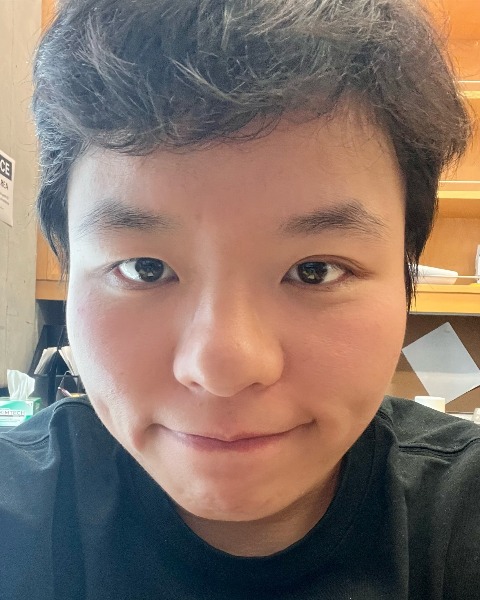Imaging
Differentiation of Irreversible Electroporation Regions in Normal and Tumor Tissues using MRI Textures
- KL
Kela Liu (she/her/hers)
Undergraduate Student
University of California, Santa BarbaraDisclosure(s): No financial relationships to disclose

Zigeng Zhang, MD
Postdoctoral Fellow
University of California, Irvine- QH
Qiaoming Hou, n/a
Lab Manager
University of California, Irvine - YP
Yongsheng Pang,, n/a
Postdoctoral Fellow
University of California, Irvine - FN
Farouk Nouzi, n/a
Assistant Researcher
University of California, Irvine - VY
Vahid Yaghmai, n/a
Chairman of Radiology
University of California, Irvine - ZZ
Zhuoli Zhang, PhD
Professor
University of California, Irvine - AE
Aydin Eresen, PhD (he/him/his)
Assistant Researcher
University of California, Irvine
Presenting Author(s)
Author/Co-author(s)
Materials and Methods:
IRE ablation was performed on twenty-six rabbits' normal liver or tumors. Anatomical and perfusion MRI data were acquired immediately after the completion of the procedure. IRE and RE zones were outlined on perfusion MRI data with histology validation and mask images were translated to T1w images. T1w MRI data were normalized using three levels to examine the effects of different image specificity (8, 16, and 32) while determining the characteristic patterns related to IRE ablation. At each specificity level, quantitative imaging features were computed by analyzing intensity distribution and textural patterns. The relevant variables were identified by following a multi-step feature selection framework that integrates pairwise likelihood, analysis, and LASSO. Multiple classification models were generated using logistic regression, nonlinear support vector machines, and random forest (RF) with a five-fold cross-validation approach. The accuracy, sensitivity, specificity, and receiver operating characteristic (ROC) curves were employed for the evaluation of the developed classification methods.
Results:
Random forest classification models outperformed logistic regression and support vector machine models. In terms of image specificity levels, the images sampled with sixteen intensity levels facilitated the most accurate and robust performance compared to images with lower and higher details. The random forest classifier equipped with features computed from images with sixteen levels obtained a training accuracy of 90.86% and a validation accuracy of 81.09% for T1w images. The model sensitivity was 92.33% and 81.33%, and specificity was 89.33% and 80.67% for training and validation sets, respectively. Moreover, we recorded the area under the ROC curve as 97.86% for training and 89.47% for the validation cohort.
Conclusion:
T1w MRI radiomic features reveal IRE ablation-related effects performed on normal liver and tumor tissues, which demonstrates the potential benefit of quantitative analysis of conventional MRI data for immediate assessment of IRE ablation zones in other solid cancers.

.png)
.png)
.jpg)
.png)
.jpg)
.png)
.jpg)
.png)
.png)